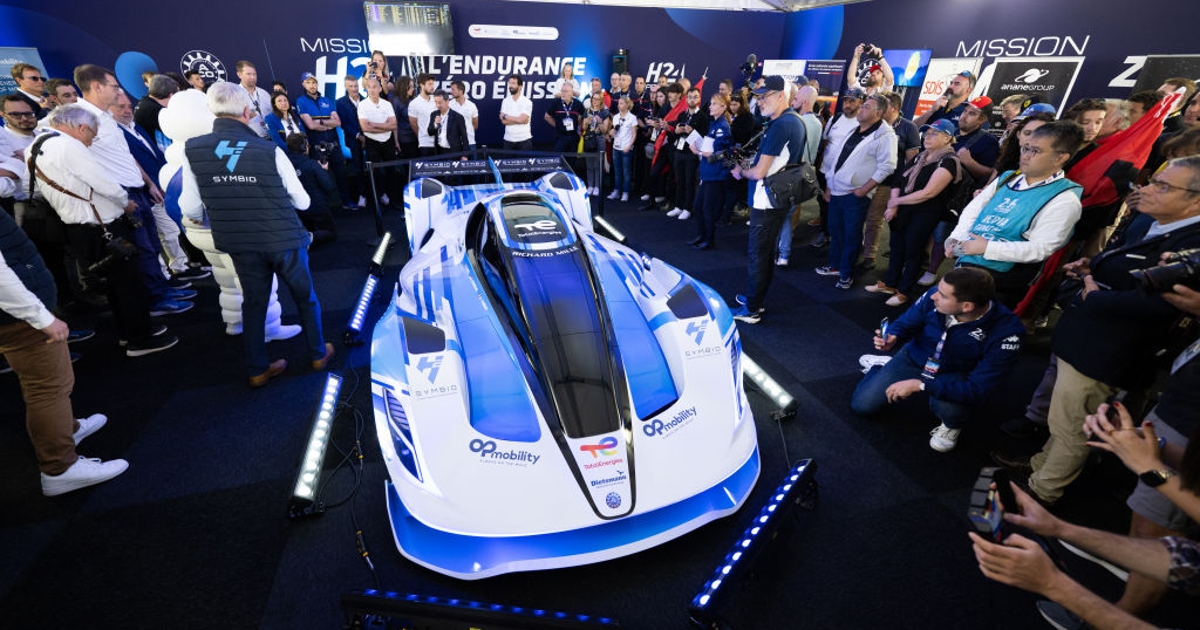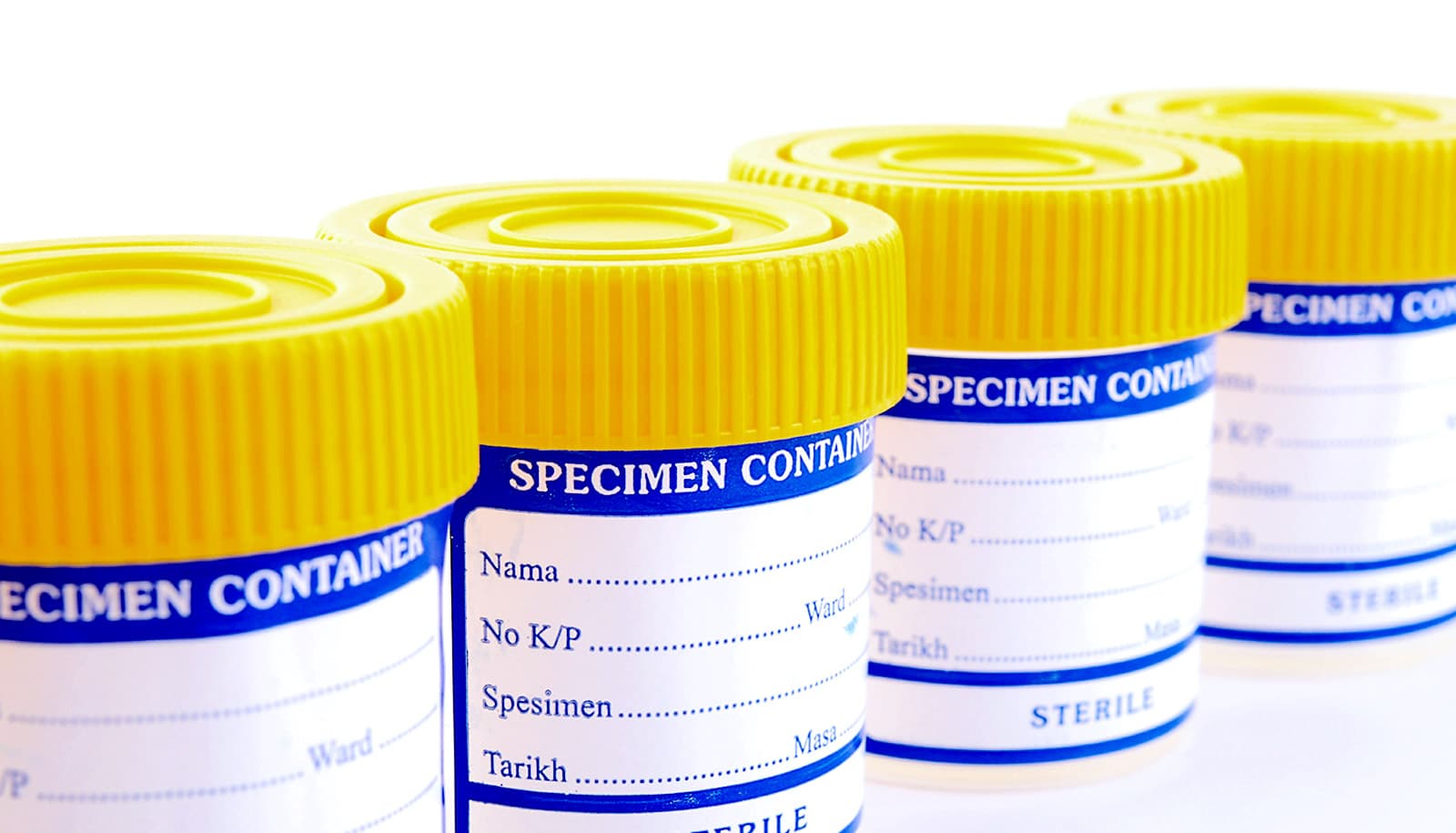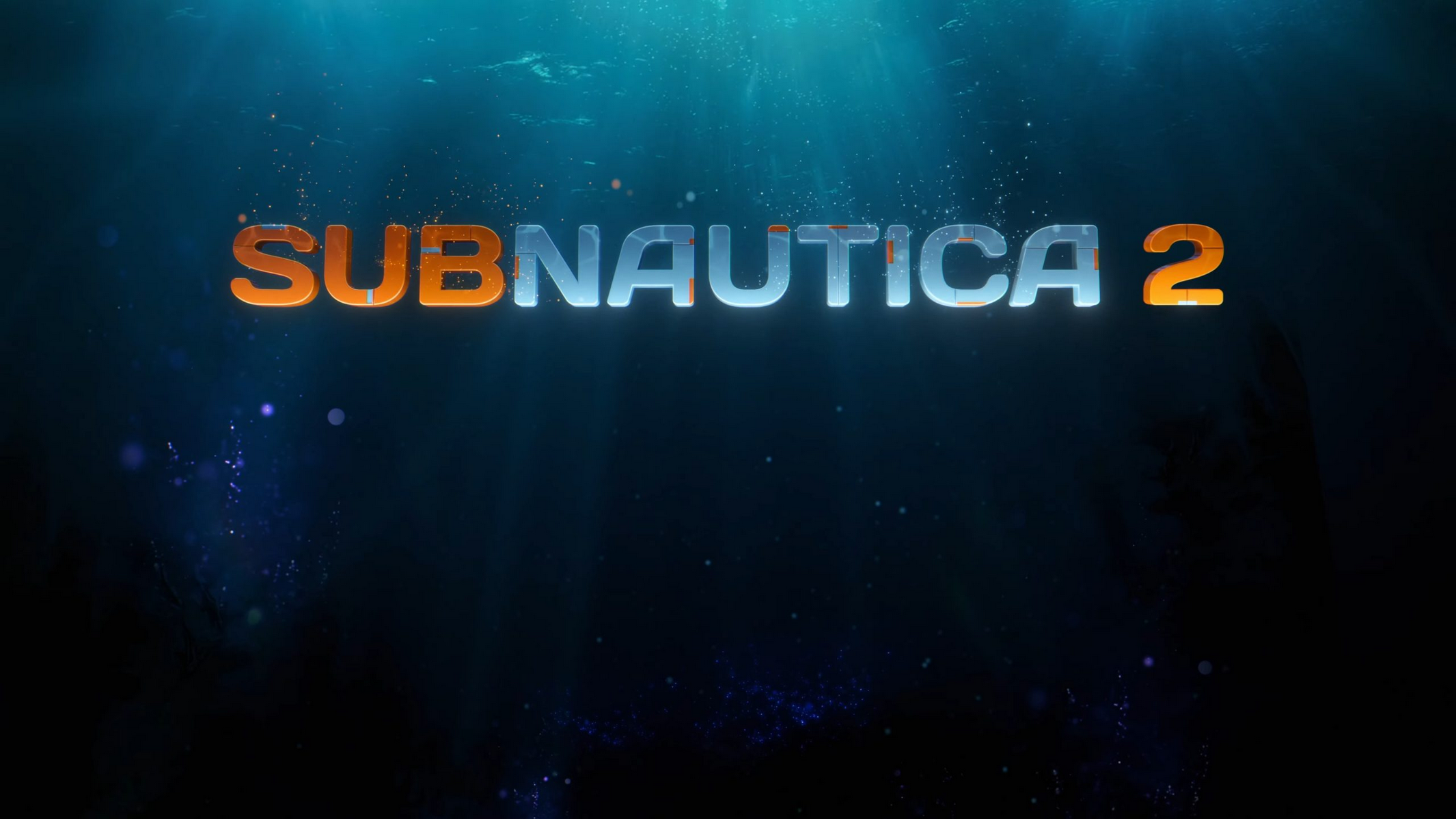
The FIA World Endurance Championship’s route to introducing a category open to hydrogen-powered prototypes is slowly becoming clearer, with MissionH24’s H24EVO project having taken a significant step forward this year thanks to its new partnership with Toyota Gazoo Racing.
At a press conference during the WEC’s weekend at the Fuji Speedway last weekend, ACO president Pierre Fillon, Toyota Gazoo Racing Europe vice chairman Kazuki Nakajima and MissionH24 technical director Bassel Aslan shared specific details on the changes made to the demonstrator, which has undergone a switch from gaseous to liquid hydrogen storage this year.
With assistance from TGR, the H24EVO’s aerodynamics and cooling solutions have been improved after initial CFD studies identified weaknesses in the original design. Since June, when the partnership with Toyota was formalized, engineers from both groups have been holding weekly meetings to refine the car’s specification.
“The fuel cell and specific design require very different studies than a combustion prototype,” Aslan said. “Conducting this research with Toyota Gazoo Racing is a particularly exciting experience.”
The updates to the car include enlarged louvers and opening panels to improve cooling airflow, reconfigured underbody channels to better direct air to the rear, adjusted front uprights and air intakes to enhance cooling efficiency and a redesigned rear wing to help cut drag and improve car balance.
During the conference, Aslan also laid out the car’s short- to medium-term roadmap. He confirmed that it is still on track to run at some point in 2026, after the chassis skeleton and cooling architecture are frozen by November 2025, and the bodywork is finalized in February 2026.
Looking at the bigger picture, the H24EVO prototype (pictured above at its public debut in 2024) is significant because it is a proof of concept, breaking new ground ahead of the introduction of a ruleset that will enable manufacturers to compete with hydrogen-powered prototypes at Le Mans and in the FIA WEC in the future. However, while it is a car designed for the track, there is still no formal plan for the car to race.
“I cannot say now that we can be ready for racing in 2027, but by the mid or end of 2027, there is a big chance that the car is ready to enter a competition,” Aslan said, while adding, “but we don’t have a clear schedule on that, as it depends on the validation schedule.”
As for the ruleset itself, Fillon reiterated that the debut of the long-awaited hydrogen regulations is still targeted for “by the end of the decade.”
“We still plan to have a regulation for 2028, and after that, it will be when the manufacturers will be ready to come,” he said, adding that he is hopeful the regulations will be published at the beginning of next year. “There are still a lot of points to study,” he admitted.
Once the regulations are finalized, attention will shift to building a grid. Currently, Fillon confirmed that “more than four” manufacturers are in the technical working group for hydrogen motorsport, though Toyota Gazoo Racing continues to be the only key player showing signs that it is ready to take the leap.
Alongside its work with Mission H24, work is ongoing to update its current GR010 Hypercar, as well as develop its GR LH2 Racing Concept demonstrator (pictured below), which also utilizes liquid hydrogen and is due to run “in the near future,” according to Nakajima.
Once there is a rulebook to design and build a car for, the Japanese manufacturer appears poised to confirm a program that would run alongside its current Hypercar effort with the GR010. But would it be prepared to sign off on the sky-high R&D costs if no other OEMs are prepared to join the WEC’s hydrogen category, at least early on?
“I believe that racing is the best showcase to prove the possibility of hydrogen, so if we only talk about motorsport, it’s expensive, but I think our target is not only about winning races and investment in motorsport, it’s about society,” Nakajima explained. “We believe that at that time [when hydrogen debuts], we will also have Hypercar running flat out with many other manufacturers.
“At the end of the day, someone has to start. That’s how Toyota have been, pushing hydrogen. It’s not only about pure competition, it’s about experimenting. There are two different aspects, and as Toyota, we are happy to be a pioneer. I think it has to happen step by step. If someone can prove it’s working, then maybe it helps bring more competitors.”
Another important talking point is the level of performance level. With the tech still at an embryonic stage, it is still not clear when, or if, hydrogen-powered prototypes will be capable of challenging for overall wins in the WEC. The subject of performance balancing with Hypercars is another debate to tackle.
“I’m sure there will be a transition between 2030 and the next generation of Hypercar. We need progress on the weight and power of the car. In terms of the regulators, with the FIA, the job is to bring the closest performance possible between the two categories,” Fillon said.
Nakajima added, “In the past, we had EoT (equivalence of technology, in LMP1), so I guess we will get something like this. There are a lot of challenges, but I think running the car, we see good possibilities technically.”



